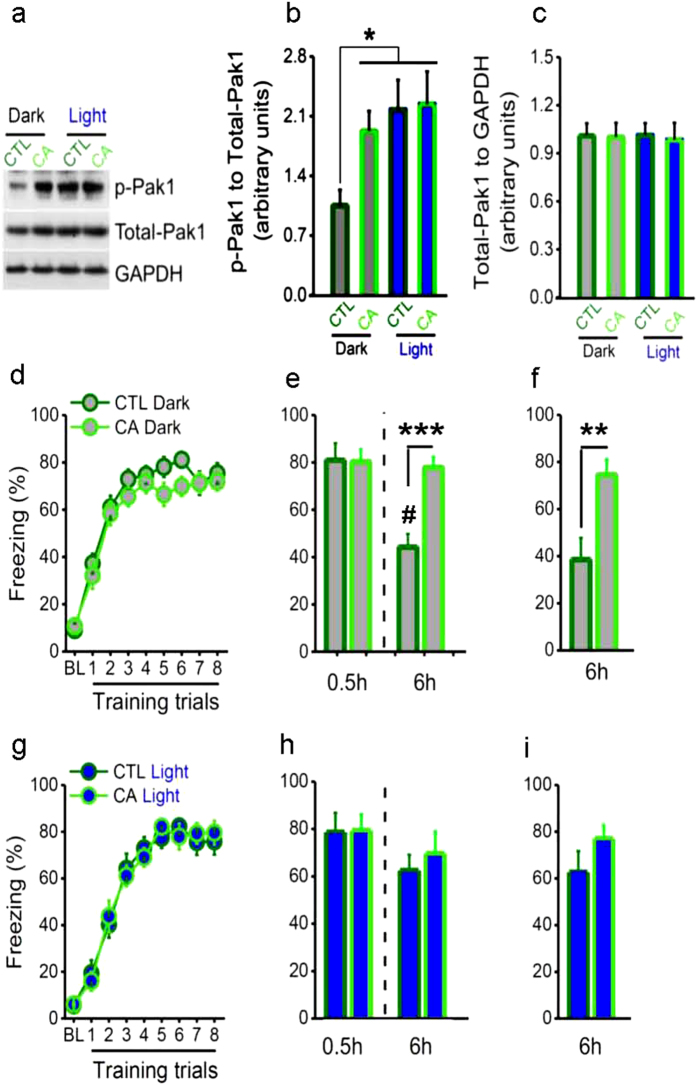Figure 3. Constitutively increasing PAK1 activity enhances memory without light.
The constitutively active PAK1 (CA) or eGFP virus (CTL) was expressed into bilateral CA1 regions of C57BL/6 mice. (a,b) Active PAK1 was significantly higher in CA than in CTL mice under dark condition, while active PAK1 was significantly increased in CTL mice but not in CA mice with the light treatment (n = 6 per group; F(3, 20) = 3.385, *P = 0.038, one-way ANOVA, the post-hoc test for WT Dark compared to CA Dark, WT Light and CA Light: *P = 0.048, *P = 0.015 and *P = 0.011), and (c) no changes in total-PAK1. (d,e) Without the light treatment, learning curve (CA, n = 24, CTL, n = 23; virus, F(1, 45) = 1.516, P = 0.225, repeated measured ANOVA) and STM (0.5 h, CA, n = 12, CTL, n = 11) were similar in CA and CTL mice, but LTM was significantly better in CA than in CTL mice, with (6 h, t(21) = 4.761, ***P = 0.000, t test) or (f) without STM test (6 h, n = 12 per group; t(22) = 3.204, **P = 0.004, t test). (e) A significant decrement of LTM compared with STM in CTL mice but not in CA mice (CTL, t(10) = 5.844, #P < 0.001; CA, t(11) = 0.415, P = 0.686, t test). (g,h) The light treatment enabled similar learning (CA, n = 18, CTL, n = 17; virus, F(1, 33) = 0.003, P = 0.956) and STM (0.5 h, n = 8 per group), while it enhanced LTM in CTL mice but failed to do so in CA mice, with (6 h, t(14) = 0.501, P = 0.624, t test) or (i) without STM test, and resulted in no significant difference between the groups (CA, n = 10, CTL, n = 9; t(17) = 1.250, P = 0.228, t test ). (h) No significant difference between LTM and STM in both CTL mice and CA mice (CTL, t(7) = 1.107, P = 0.305; CA, t(7) = 0.608, P = 0.562, t test).

